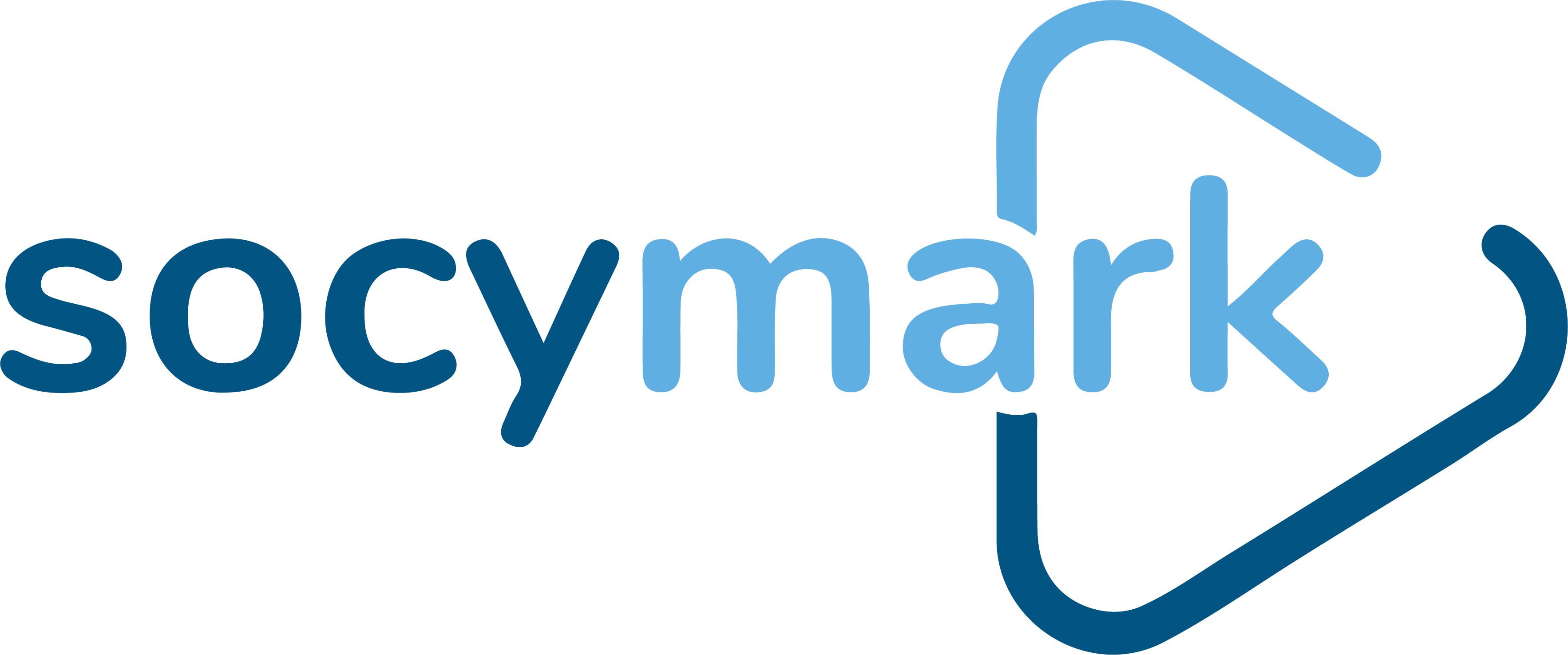
Setting Up and Adding the Data Layer to Your Website
Setting Up and Adding the Data Layer to Your Website
Step 1: Understanding the Data Layer
The Data Layer is a JavaScript object that collects, stores, and transmits event-related data from your website to tools like Google Tag Manager (GTM) and Google Analytics 4 (GA4). Before implementation, determine the specific events, variables, and triggers you need to track.
Step 2: Basic Data Layer Structure
Here’s a simple example of a Data Layer structure:
This snippet defines an event called pageView with variables like pageCategory and pageTitle.
Step 3: Adding the Data Layer to Your Website
- Place the Data Layer Code:
- Add the Data Layer code snippet to the
<head>or<body>section of your website. - It must be loaded before your Google Tag Manager (GTM) container snippet to ensure proper functionality.
Example:
- Add the Data Layer code snippet to the
- Use Google Tag Manager:
- After defining events in the Data Layer, set up triggers and tags in GTM to send data to GA4.
- For instance, create a trigger for the
pageViewevent and link it to a GA4 configuration tag.
Step 4: Testing the Data Layer
- Open your website in a browser and inspect the Data Layer using the browser’s developer tools:
- Right-click and select Inspect → Go to the Console tab.
- Type
dataLayerand press Enter to see the loaded events and variables.
- Use Google Tag Manager’s Preview Mode to ensure events are firing correctly.
Step 5: Example of Adding a Click Event
If you want to track a button click, add the following JavaScript to your website:
This setup pushes a buttonClick event to the Data Layer with variables like buttonName and userStatus.
Step 6: Connecting the Data Layer with GA4
- Log in to Google Tag Manager.
- Create a new GA4 Event Tag.
- Set the event name (e.g.,
buttonClick) and map the variables from the Data Layer. - Publish the changes to make the configuration live.
By following these steps, you can set up and integrate the Data Layer into your website, enabling advanced data collection and tracking with GA4.
